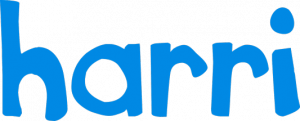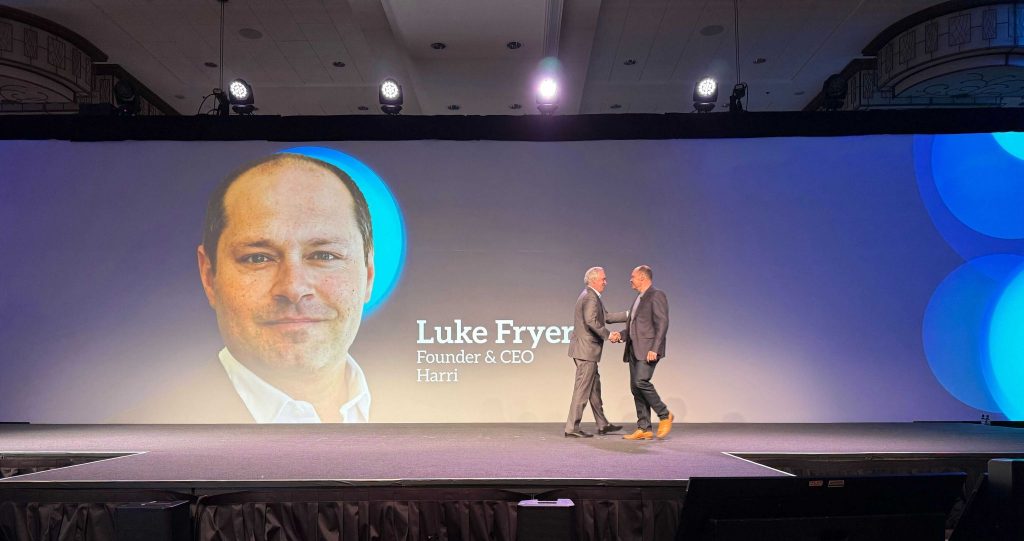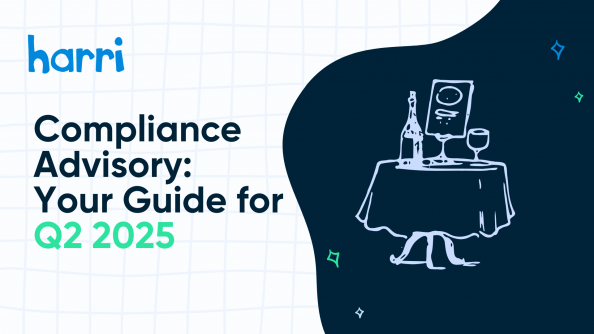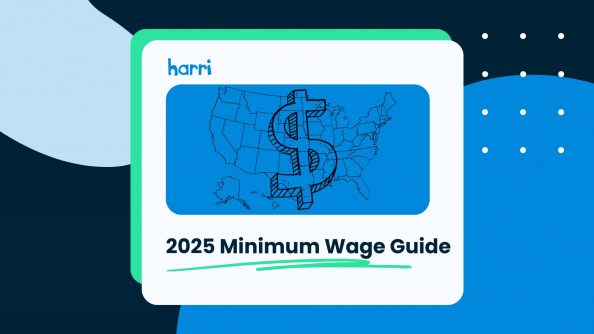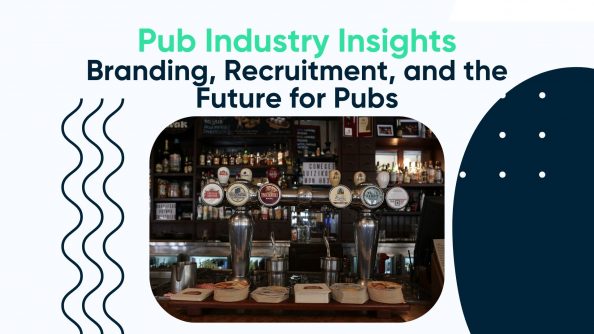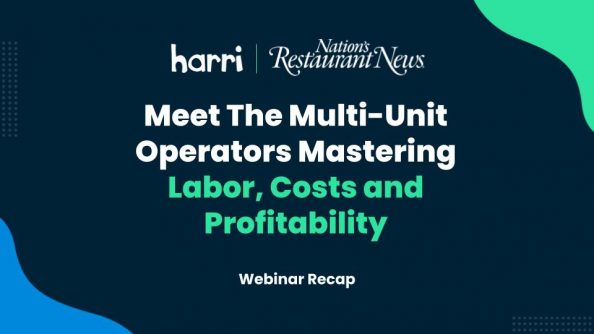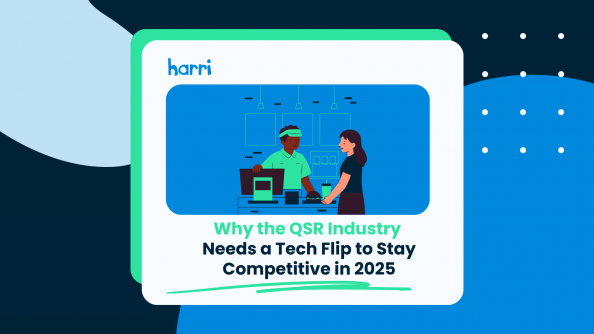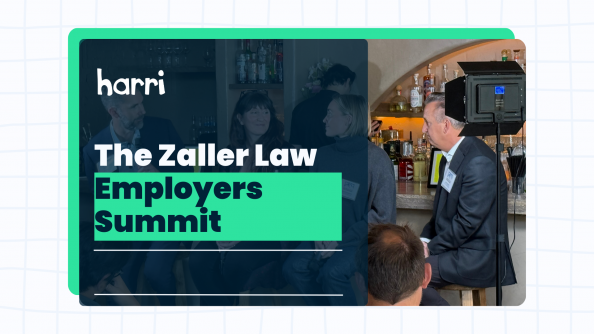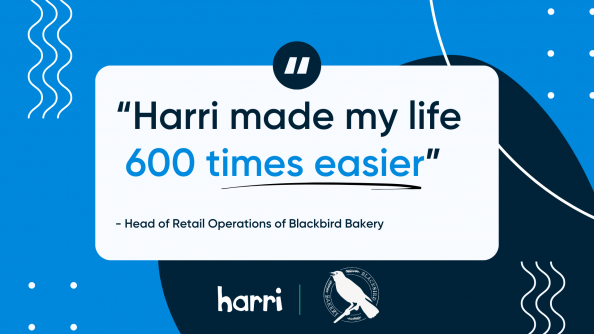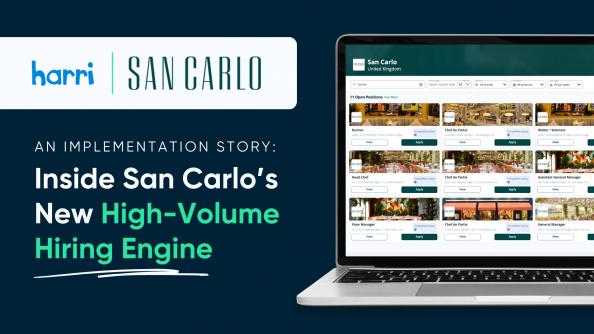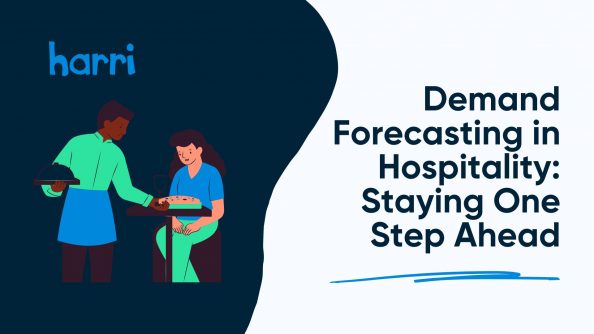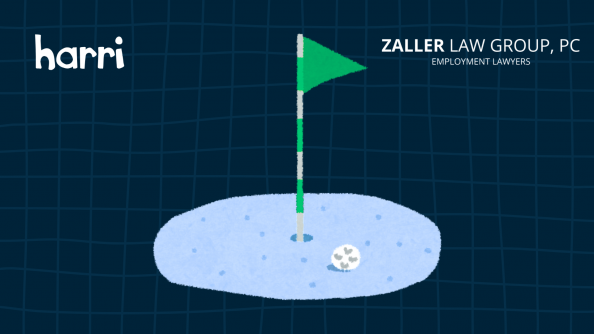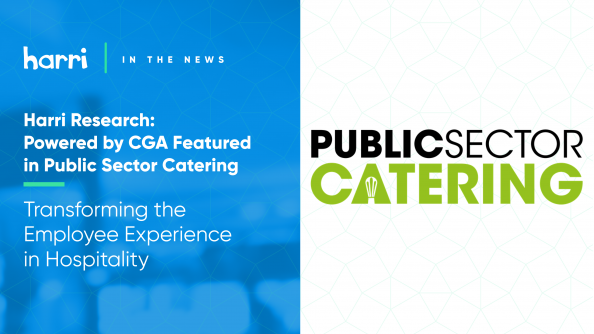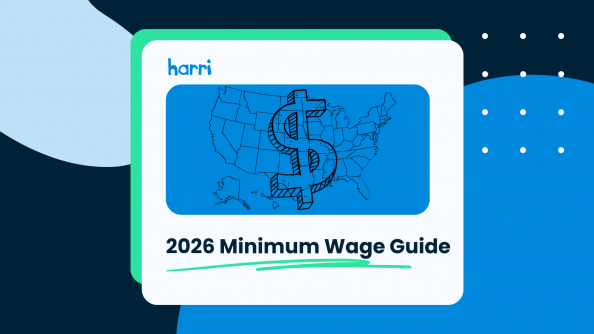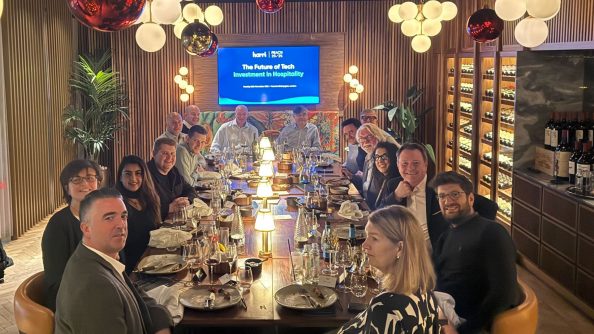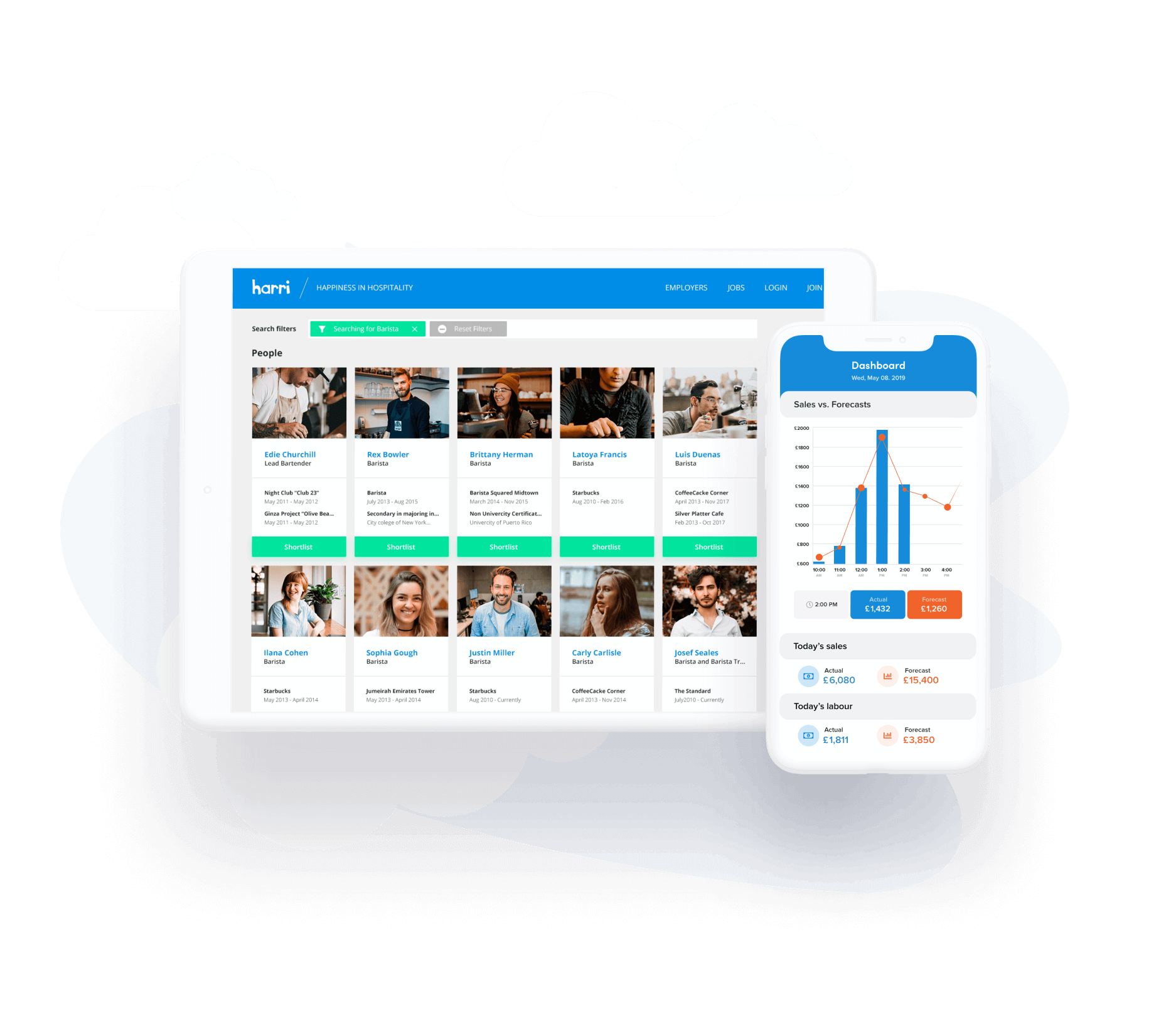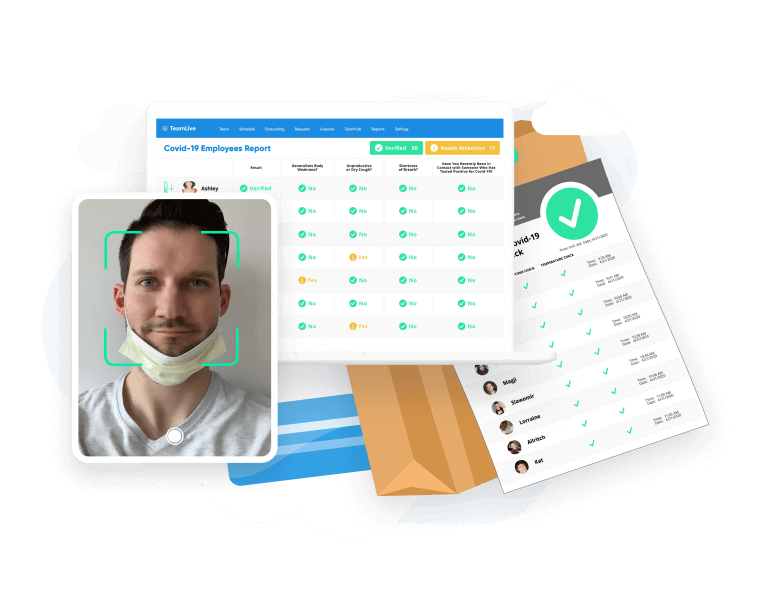This Hospitality Tech CEO Just Redefined How to Engage the Workforce: Here’s Why You Should Too
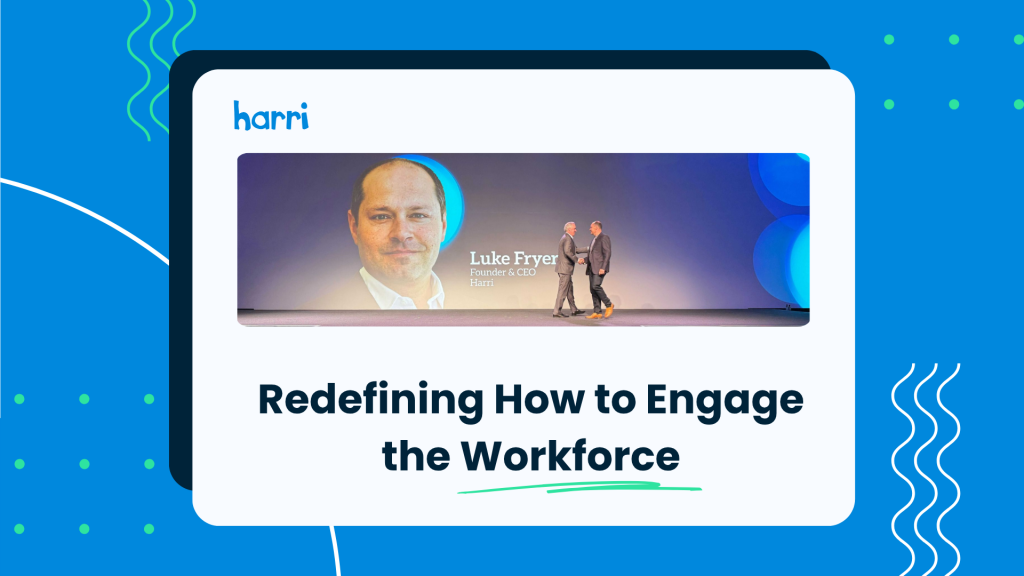
- By Harri Insider Team | May 16, 2025
The shape of today’s frontline workforce is shifting fast – from demographic makeup to cultural expectations and reliance on technology. As Gen Z (those born after 1997) is quickly poised to become the largest segment of your workforce, understanding and responding to employee mindset will become not just an HR issue, but a matter of financial survival and competitive advantage. At the recent Restaurant Leadership Conference, Harri Founder and CEO Luke Fryer took to the Main Stage with a call-to-action for some of the industry’s biggest restaurant operators, outlining three ways they can embrace this shift and evolve it into competitive advantage.
Then and Now: From Hiring to Optimization
As a restaurant operator, or any frontline-dependent service business, labor costs are your largest and most controllable factor in the profitability equation. Just three years ago, the primary challenge was finding talent – stores were understaffed and the ability to serve guests was impacted. Today, the equation has fundamentally changed. After four years of wages outpacing inflation and increasing regulatory pressures, restaurants face a different reality. While finding great talent still remains a relevant business priority, productivity and efficiency have become paramount concerns for 2025.
But, a simple fact remains – even the very best labor optimization and cost control practices won’t overcome the plague of chronic turnover. Sky high turnover rates have become an accepted part of doing business in hospitality – with some quick-service restaurants (QSR) seeing annual rates above 100%. Sub-90 day attrition remains a challenge, too. If the people you hire today are gone before they even reach full productivity, how will your business ever catch up?
In fact, for every dollar saved through productivity improvements, we’re effectively losing 2x that to turnover – employees walking out the door because we didn’t listen to what they need. Beyond the obvious financial impact, retention directly affects customer experience, brand perception, and service quality. So, what are practical ways you can focus on keeping your frontline teams happy and retained?
Three Ways to Transform Mindset to Advantage in 2025
- Hear More, More Often
Think about how relentlessly we pursue customer feedback. What if we applied that same intensity to understanding employee voice?
Traditional practices tell us to deploy employee surveys via email or text periodically, but this approach is fundamentally flawed when it comes to reaching frontline workers. It yields low response rates, and those are usually biased towards the ones with negative feedback – not to mention, in high turnover industries reliance on annual employee feedback means people are likely gone before you ever take action and make progress. So, how do you give your frontline employees a voice and start to understand what makes them tick? The key is to remove the friction – meet employees where they already are by gathering and integrating sentiment, feedback, and recognition opportunities into existing workflows.
We’re helping companies deploy lightweight touchpoints into the clock-in/clock-out process and seeing participation rates around 95%. By marrying employee voice capture into the flow of work (explicit feedback) with behavior patterns (implicit actions) you start to create a powerful composite metric of employee sentiment.
- Predict and Intercept Turnover
But why does this matter? Well, the first 90 days of employment represent a critical vulnerability point where issues like training, manager support and schedule alignment can make or break retention. There are two failure points here: 1) New employees would often rather leave than voice their concerns early on and 2) leaders lack the visibility they need to understand voluntary attrition and drive any meaningful change.
By identifying patterns at a macro level and applying AI and machine learning to analyze both explicit and implicit feedback, organizations can anticipate turnover before it happens.
This predictive capability allows for targeted interventions that address specific pain points before they result in resignations, dramatically improving retention rates when we’re able to surface patterns and feedback around themes like schedules, lack of new starter support or manager behavior.
- Embed Employee Satisfaction as a Business Metric
Over the past 12 months, companies that have integrated micro moments of employee engagement into daily workflows have discovered remarkable correlations:
- Low employee satisfaction rates serve as a leading indicator of turnover
- Strong correlation between employee satisfaction and customer satisfaction
- Direct relationship between employee sentiment and sales attainment
- Clear connection to EBITDA performance
By enriching traditional employee feedback with performance and behavioral data, we’ve unlocked a previously elusive superpower: the ability to predict the near-term health of the business.
What’s Next?
The science of optimal labor deployment goes far beyond scheduling and productivity tools. By focusing on employee mindset—particularly understanding the evolving priorities of your newly shaped workforce—organizations can simultaneously improve retention and create sustainable competitive advantage.
When we transform how we listen to employees, understand turnover patterns, and integrate satisfaction metrics across business functions, we create a virtuous cycle that benefits workers, customers, and shareholders alike. In 2025, the organizations that thrive will be those that recognize employee sentiment not just as an HR concern, but as a fundamental business metric that drives financial performance.
So, how do you make this happen? We think it’s an exciting time to connect with your frontline teams. Watch this recent video about understanding employee mindset and why it is so critical to understand the changing shape of your workforce – then, let’s talk about how Harri can help you create a connected and engaged frontline workforce that stays!
